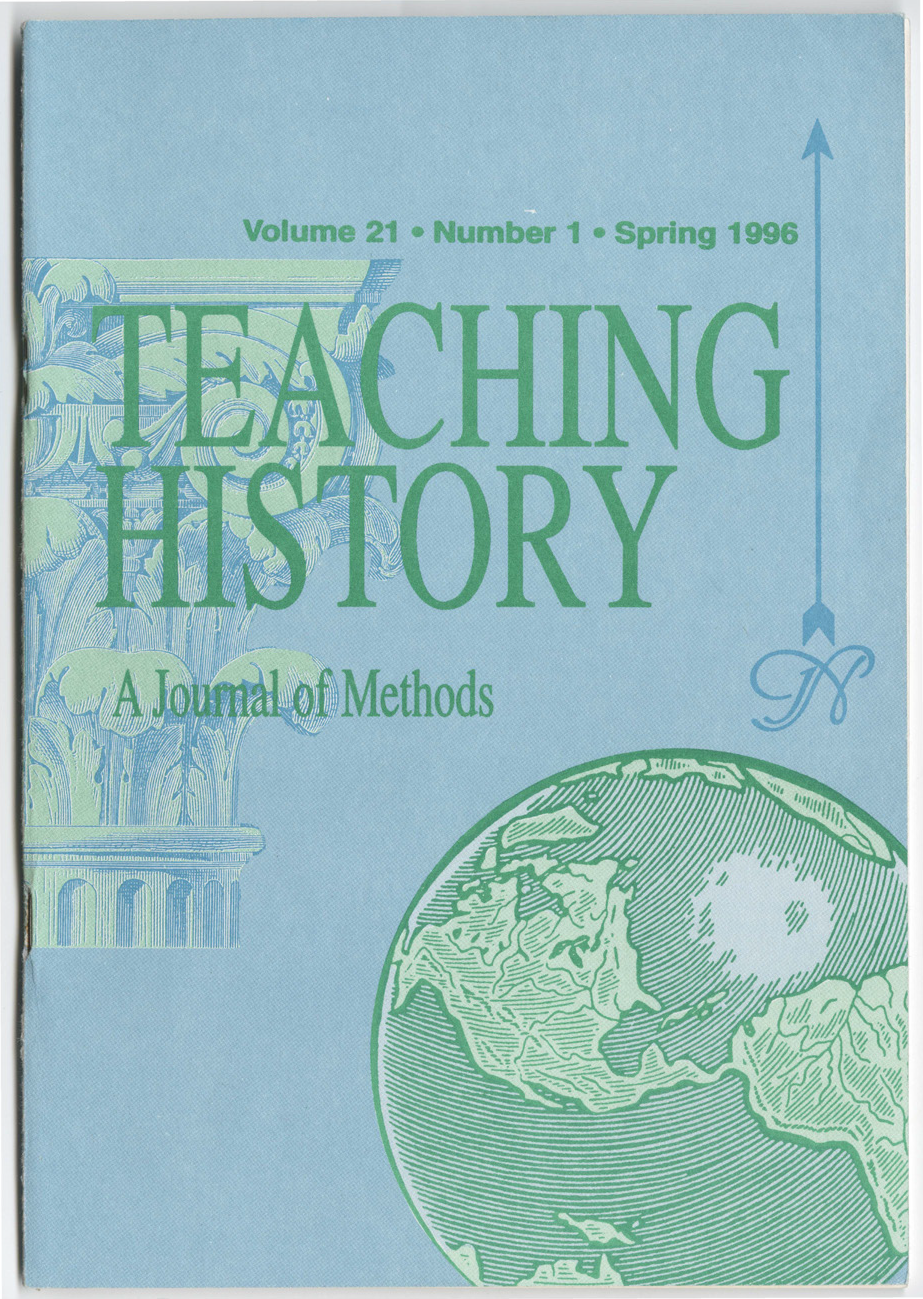Skowronek, The Politics Presidents Make - Leadership From John Adams To George Bush
DOI:
https://doi.org/10.33043/TH.21.1.42-43Abstract
Skowronek. a Yale political science professor, has conceived a new framework for examining the leadership of United States presidents in the past. He contends that there have been four different modes of governmental operations in which presidents have had to work. ( l) The Patrician mode of 1789-1832 was one in which the characteristic presidential resource was his personal reputation among notables and I I his typical strategy was to stand as national tribune above faction and interest. (2) In the Partisan mode from 1832 to 1900, party organization and executive patronage constituted the characteristic presidential resource, and the typical strategy was to act as a broker for the national coalition by distributing patronage to party factions and local machines. (3) The Pluralist mode from 1900 to 1972 was a period when the characteristic presidential resource was the expanding executive establishment needed to attend to newly nationalized interests and America's rise to world power; the typical strategy was to bargain with leaders of all institutions and organized interests as the main steward of national policy making. ( 4) In the Plebiscitary mode, from 1972 to the present, Skowronek maintains that the main resource the president had was his independent political apparatus and mass communication technologies, while the typical strategy was to appeal for political support over the heads of Washington elites directly to the people at large.
Downloads
Downloads
Published
How to Cite
Issue
Section
License
Copyright (c) 1996 E. Dale Odom

This work is licensed under a Creative Commons Attribution-NonCommercial-NoDerivatives 4.0 International License.
By submitting to Teaching History, the author(s) agree to the terms of the Author Agreement. All authors retain copyrights associated with their article or review contributions. Beginning in 2019, all authors agree to make such contributions available under a Creative Commons Attribution-NonCommercial-NoDerivatives 4.0 International license upon publication.



